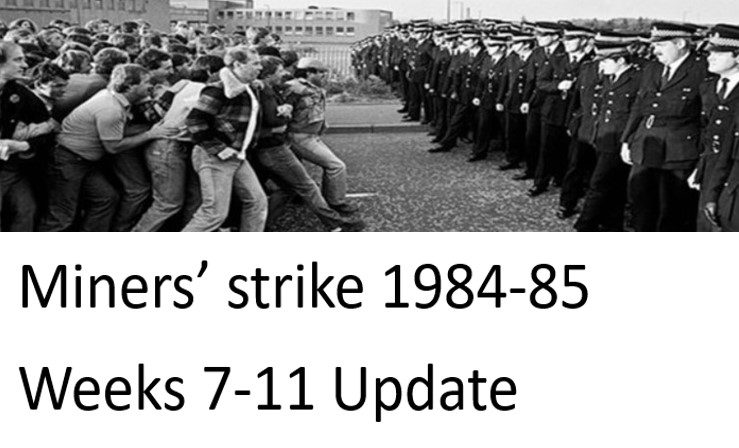By Frank Hammer in the USA.
Members of the United Auto Workers in the USA have been on strike at General Motors for the last few weeks. It now looks like the UAW leadership have arrived at a ‘settlement’, although its terms are “deeply flawed”. Here, Frank Hammer, a former president of UAW Local (branch) 909, gives his comments on the deal.
It is clear that GM wants the terms of the tentative contract with the UAW; it’s willing to pony up $11,000 per worker for a “yes” vote ($3,000 more than in 2015), and even $4,500 per “temporary,” non-seniority worker.
1. Despite GM effectively closing three UAW-represented plants, in defiance of the 2015 contract, the language contained in the governing “Doc. 13” was reinstated without change. GM prevented the UAW from adding language forbidding the company from using “product un-allocation” to close a plant. The UAW’s lawsuit earlier this year, charging management with a violation of Doc. 13 was settled on management’s terms. The new tentative agreement gives GM a green light to “un-allocate” plants through to 2023. (p. 132, 327)*
2. New language obligates the UAW local leadership to take on management roles by pledging even more adherence to the requirements of Global Manufacturing Systems (GMS), which the contract identifies as a “joint program.” The language requires “efficient, effective, full joint execution of GMS,” which translates into local leadership fulfilling management’s mandates, at the expense of representing workers on the shop floor. Described as the “cornerstone” of “job security,” GMS language anticipates just the opposite: further job losses. What happens to workers whose jobs are eliminated? They’ll be “redeployed to work within the bargaining unit,” that is, if its “available.” (p. 165-71)
3. Far from being shut down, joint activities will come under more complete management control. The corrupt practices of UAW appointees in the Center for Human Resources (UAW-GM CHR) bureaucracy opened the door for wholesale GM takeaways. Local union appointees remain but will require management approval. Funding decisions will be up to management. Education programs – PEL, Tuition Assistance (for retirees) and youth scholarships are eliminated. (p. 172-174, 205, 207)
4. The UAW’s other lawsuit against GM was also settled on GM’s terms. The UAW relinquished its claim that GM couldn’t keep temporary employees on the job (at the Fort Wayne plant) while denying transfers by seniority workers laid off at Lordstown. What does that portend for the future? (p. 327)
Under the new contract, should it be ratified, GM will be more firmly in control over a stratified workforce on the shop floor, with a union leadership more firmly controlled by management, and no restrictions against future plant “un-allocations.”
GM workers who’ve endured five weeks on picket lines and want to vote “no” must be prepared to take on the IUAW, which was satisfied to present a deeply flawed agreement. These are difficult decisions, but there’s a lot at stake.
October 26, 2019
This is from the US socialist website Facts for Working People. The original can be found here.



